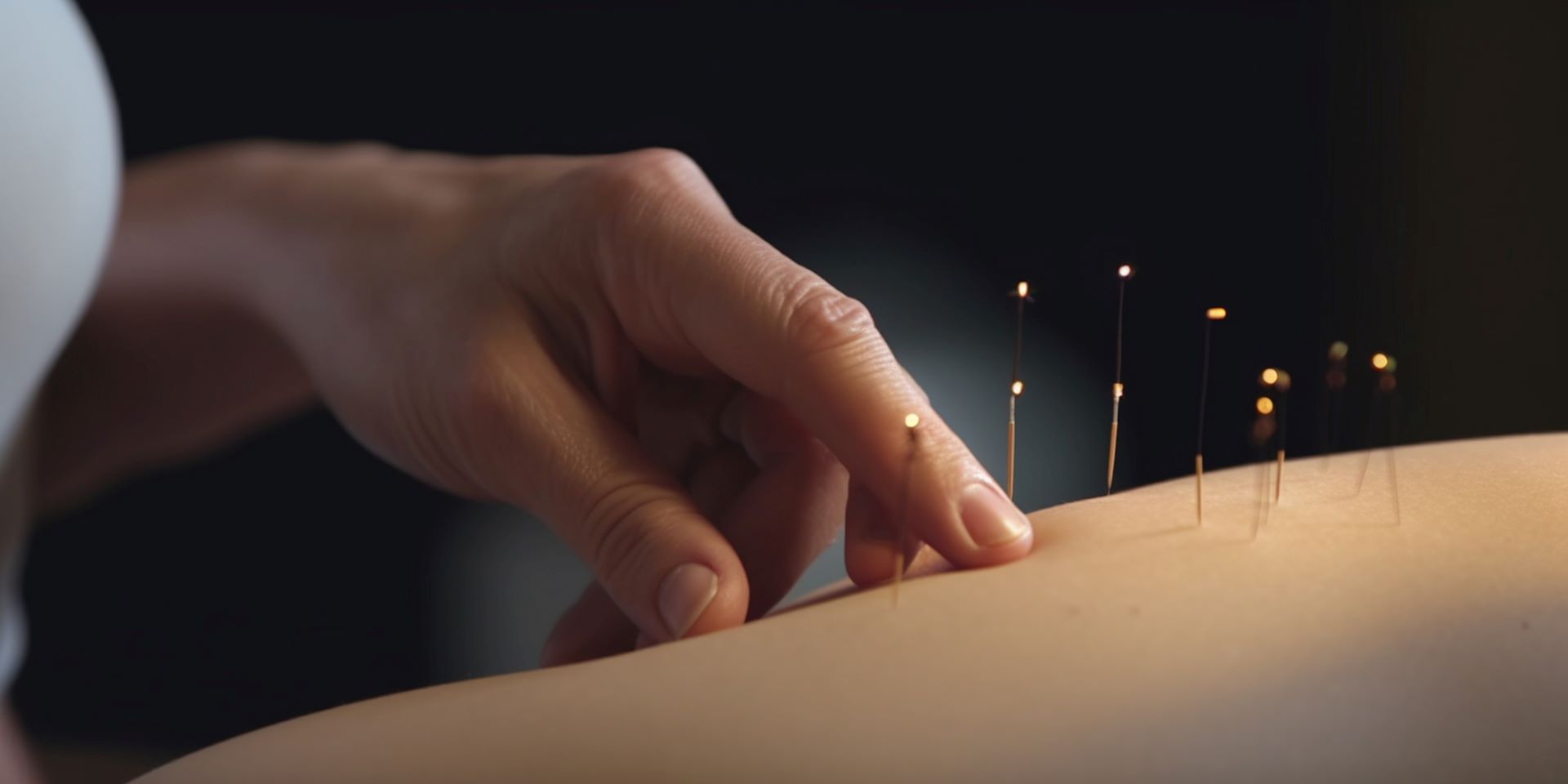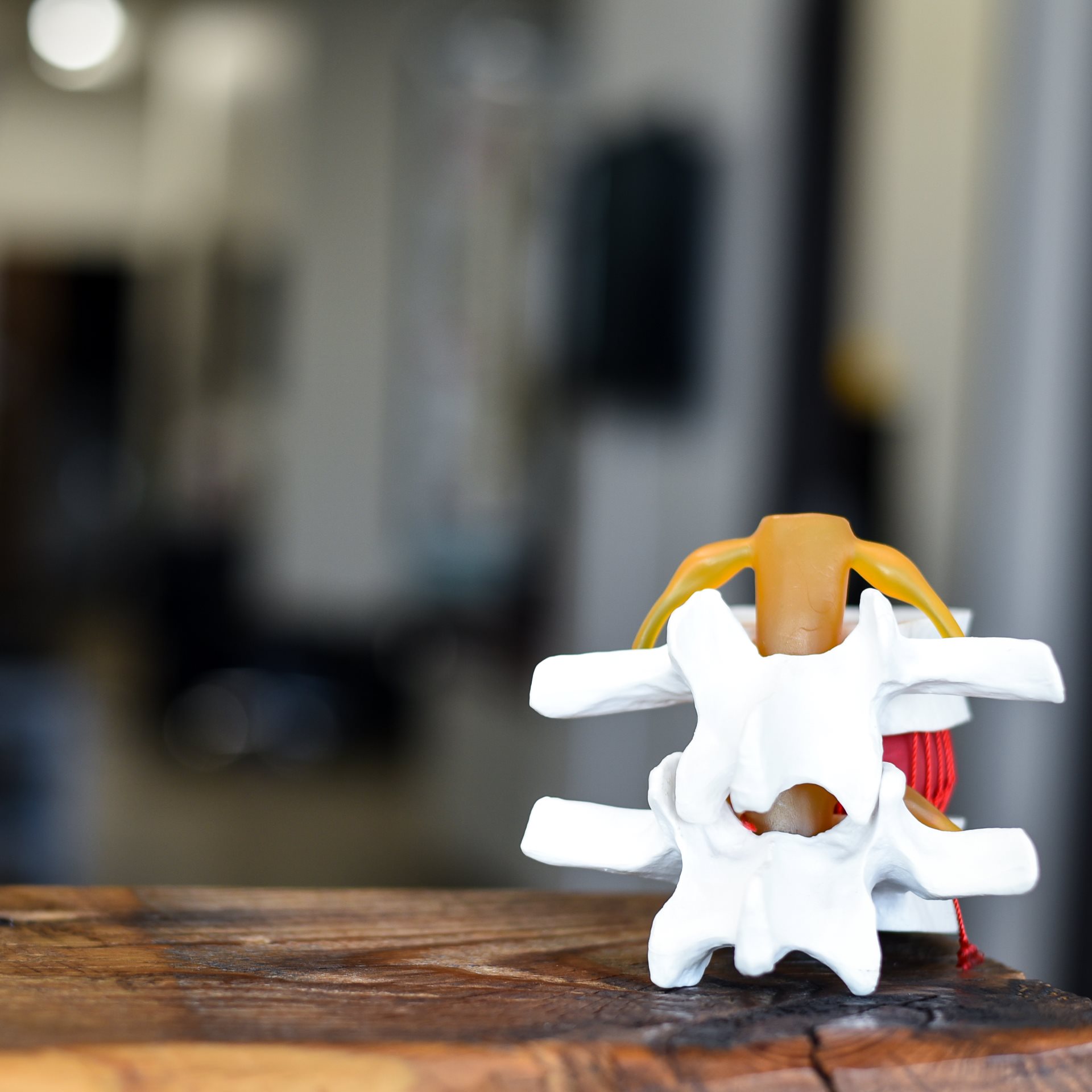Headaches And Migraines: Chiropractic Biophysics (CBP®) and MRI
Published on December 11, 2023
Chiropractic Biophysics (CBP®) is a specialized and evidence-based form of chiropractic care that focuses on the structural alignment of the spine. The unique approach of CBP® involves not only addressing symptoms but also correcting the underlying spinal misalignments that contribute to various health issues, including headaches. Here’s a more detailed explanation of how CBP® can be effective in the treatment of headaches:
- Structural Assessment:
– Description: CBP® practitioners conduct thorough assessments of the spine using X-rays and other imaging techniques to objectively identify misalignments and abnormalities.
– Effectiveness: This detailed structural analysis allows CBP® chiropractors to develop a precise understanding of the spinal alignment issues contributing to headaches. Using published findings, we can identify the person’s unique structural predisposition and then create a treatment plan to restore them back to their unique normal.
- Spinal Adjustments:
– Description: CBP® involves specific, targeted spinal adjustments to correct misalignments and restore the spine’s natural curvature.
– Effectiveness: By addressing the structural integrity of the spine, CBP® aims to alleviate stress on the nervous system, and decrease muscle tension, which commonly reduces headache frequency and/or intensity.
- Postural Correction:
– Description: CBP® emphasizes postural correction through exercises, traction, emphasis on home care, and adjustments to improve the overall alignment of the spine.
– Effectiveness: Improved posture helps distribute weight and forces more evenly across the spine, reducing strain on muscles and nerves that may contribute to headaches.
- Rehabilitative Exercises:
– Description: CBP® incorporates rehabilitative exercises to strengthen and stabilize the spine, promoting long-term structural improvements.
– Effectiveness: Strengthening the supportive structures of the spine helps maintain the benefits of adjustments and promotes overall spinal health.
- Individualized Treatment Plans:
– Description: CBP® practitioners create personalized treatment plans based on the unique structural characteristics of each patient.
– Effectiveness: This tailored approach ensures that the treatment is specifically designed to address the individual’s spinal issues, increasing the likelihood of positive outcomes.
- Evidence-Based Approach:
– Description: CBP® is grounded in scientific research and evidence, with a focus on measurable improvements in spinal alignment and overall health.
– Effectiveness: The evidence-based nature of CBP® provides a foundation for its effectiveness in addressing the structural aspects of headaches.
- Patient Education:
– Description: CBP® practitioners educate patients about the relationship between spinal health and overall well-being, empowering them to actively participate in their care.
– Effectiveness: Informed patients are more likely to make lifestyle changes that support spinal health, contributing to the long-term management of headaches.
MRI
Magnetic Resonance Imaging (MRI) plays a significant role in diagnosing and managing headaches, particularly when healthcare providers need to investigate underlying causes or rule out more serious conditions. Here’s an overview of the importance of MRI in the context of headaches:
Identification of Structural Abnormalities:
– Importance: MRI provides detailed images of the brain and surrounding structures, allowing healthcare providers to identify structural abnormalities that may contribute to headaches. This includes tumors, vascular malformations, or other lesions.
- Detection of Neurological Conditions:
– Importance: MRI is crucial for detecting neurological conditions that can cause headaches, such as multiple sclerosis, infections, or inflammatory disorders. It helps in understanding the nature of the underlying pathology.
- Differentiation of Headache Types:
– Importance: MRI helps differentiate between primary headaches (e.g., migraines, tension-type headaches) and secondary headaches (those caused by underlying medical conditions). This differentiation is essential for accurate diagnosis and appropriate management.
- Assessment of Vascular Structures:
– Importance: MRI can assess the vascular structures in and around the brain, providing valuable information about conditions like intracranial aneurysms or arterial abnormalities that may be associated with certain types of headaches.
- Evaluation of Sinuses and Skull:
– Importance: In cases of sinus headaches, an MRI can evaluate the sinuses and the skull for signs of inflammation, infection, or structural abnormalities that may contribute to headache symptoms.
- Baseline Imaging for Chronic Headaches:
– Importance: For individuals with chronic or severe headaches, especially those with new-onset or progressive symptoms, an MRI serves as a baseline imaging study. It helps establish a reference point for future assessments and aids in monitoring changes over time.
- Guidance for Treatment Planning:
– Importance: Once an underlying cause is identified through MRI, healthcare providers can develop targeted treatment plans. This may include medications, surgery, or other interventions depending on the nature of the pathology.
- Reassurance and Patient Education:
– Importance: In cases where MRI results are normal, it provides reassurance to patients and may help alleviate anxiety. Additionally, it offers an opportunity for healthcare providers to educate patients about their headaches and potential triggers.
While MRI is a powerful diagnostic tool, it is typically reserved for specific situations, especially when there are concerning symptoms or if other diagnostic methods are inconclusive. Not all headaches require an MRI, and healthcare providers use their clinical judgment to determine the most appropriate diagnostic approach based on the patient’s history, physical examination, and other factors.
A thorough history and importance of creating a headache journal and asking specific questions during a diagnostic evaluation are crucial steps in understanding and managing headache conditions. Here are important questions and the significance of a headache journal in the diagnostic and treatment process:
- Frequency and Duration:
– Important history questions: How often do you experience headaches, and how long do they typically last?
– Importance: Helps assess the frequency and duration of headaches, providing insights into the pattern and chronicity of the condition.
- Pain Characteristics:
– Important history questions: Can you describe the pain? Is it throbbing, aching, stabbing, or pressure-like?
– Importance: Different headache types have distinct pain characteristics, aiding in the identification of tension-type headaches, migraines, or other forms.
- Location of Pain:
– Important history questions: Where is the pain located? Is it on one or both sides of the head?
– Importance: Helps differentiate between migraines (often unilateral) and tension-type headaches (usually bilateral).
- Aura Symptoms:
– Important history questions: Do you experience any visual disturbances, sensory changes, or other symptoms before a headache?
– Importance: Auras are common in migraines, and identifying these symptoms can assist in a more accurate diagnosis.
- Triggers:
– Important history questions: Are there specific triggers, such as certain foods, stress, or environmental factors, that precede your headaches?
– Importance: Pinpointing triggers can aid in headache management by helping individuals avoid or mitigate these factors.
- Family History:
– Important history questions: Does anyone in your immediate family have a history of headaches or migraines?
– Importance: Family history can indicate a genetic predisposition to headaches, influencing diagnosis and treatment approaches.
- Hormonal Factors:
– Important history questions: For females, is there a connection between your headaches and menstrual cycles, pregnancy, or menopause?
– Importance: Hormonal changes can be a significant factor in certain types of headaches, especially migraines in women.
- Sleep Patterns:
– Important history questions: How is your sleep pattern? Do you have regular sleep or suffer from insomnia?
– Importance: Sleep disturbances can contribute to headache development, and addressing sleep issues may be crucial in management.
- Medication Use:
– Important history questions: Are you taking any medications, including over-the-counter pain relievers, on a regular basis?
– Importance: Overuse of certain medications can lead to rebound headaches, affecting the choice of treatment strategies.
Importance of a Headache Journal:
– Tracking Patterns: A journal helps identify patterns in headache occurrence, including triggers, timing, and duration.
– Treatment Efficacy: Monitoring response to treatments, including medications, lifestyle changes, and alternative therapies.
– Communication with Healthcare Providers: Provides a comprehensive overview of the headache experience, aiding healthcare professionals in accurate diagnosis and tailored treatment plans.
– Facilitates Collaboration: Enables collaboration between patients and healthcare providers by fostering a shared understanding of headache patterns and contributing factors.
A headache journal, combined with a thorough history and physical examination, enhances the diagnostic process and supports the development of a personalized and effective treatment plan for individuals suffering from headaches
Recent
-
 Whiplash: the Invisible Injury
Whiplash: the Invisible Injury2023 December
-
 When to See a Back Pain Specialist
When to See a Back Pain Specialist2023 December
-
 What is Dry Needling?
What is Dry Needling?2023 December
Follow
Schedule Your Appointment Today
Contact us today to book a free 15-minute consultation with our Chiropractor in Highlands Ranch! We look forward to getting you on the path to optimal health and wellness.



